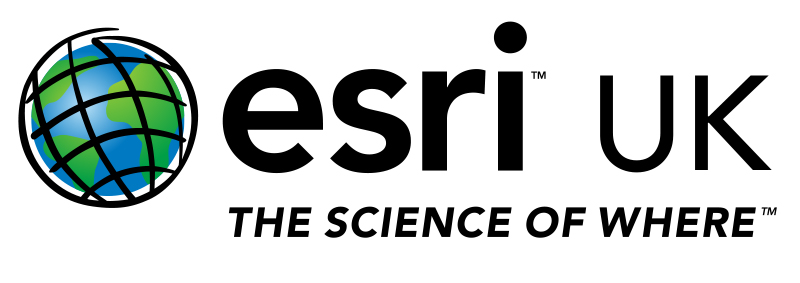Transforming school admissions with Digital Services
/At our conference last week, Chris Sale from London Borough of Newham gave a presentation on a digital service that we have created with Newham. I'd like to give you a bit more information about it in this blog post, because it's a great example of how the principles of the Government Digital Strategy are just as relevant at the Local Government level. The live service can be accessed here.
Newham Council
The Challenge
While small in size, Newham Council has one of the largest cohorts of pupils in the whole of London. It processes in excess of 5000 reception applications and around 4000 year 7 applications every autumn. In addition, it must allocate school places in response to around 7500 in-year applications each year.
Focus on user needs
The council conducted user research. They discovered that parents and guardians found the demands of the admissions process complex. Many families found it hard to understand how places were allocated.
The council vehemently wanted to focus on the family and avoid mistakes so every child received the correct school offer. If, for example, home-to-school distances were inaccurately calculated, it could lead to an increase in appeals, substantial administrative and legal costs, damaging negative publicity and a loss of trust in the community.
The existing paper and telephone-based service was supported by an IT system that was very cumbersome and did little to speed up what was a time-consuming, complex and stressful task for the admissions team. To ensure the quality of its decisions, team leaders used to rigorously check and quadruple check the school allocations. This wasn’t an optimal use of manager time.
High volumes of calls were made to the council call centre every year requesting information on home-to-school distances and the precise boundaries of catchments. These telephone enquiries were costly for the council and not necessarily particularly illuminating for parents and guardians.
Agile development
During an extremely short Discovery phase, we worked with Newham Council to build “paper prototypes” of how a digital service might look. We used these as the basis for a solution - a digital service so good that Newham’s families preferred to use it over the existing paper and telephone system.
Using a combination of software-as-a-service (ArcGIS Online) and commodity infrastructure-as-a-service, we developed a working Alpha prototype over a period of just a couple of weeks. We then worked with Newham to iterate this service and the service went live less than three months later, again on the same cloud infrastructure.
The live service integrates with the council’s existing on-premise CACI admissions system and rapidly calculates accurate catchment and distance information for each pupil and school preference. It also integrates with the council’s Local Land and Property Gazetteer (LLPG) to give it accurate, up-to-date address information
Digital-by-default
Parents and guardians can see catchment areas, Catholic parishes, closest schools, interactive maps and the all-important home-to-school distances tie-breakers (both shortest walking and straight line), most of which would previously have been impossible for the public to determine without contacting the council by telephone.
The new system provides a truly digital-by-default service, delivering a more transparent service for parents whilst reducing transaction costs for the council and increased internal and public confidence in the decision making process.
Monitor service performance
The introduction of Esri UK’s School Locator app is enabling the school admissions team to work much more efficiently and process applications more quickly. Using the School Locator app is allowing Newham staff to handle steadily rising pupil numbers with the same number of staff.
During the application process for 2014 (1 September 2013 – 30 April 2014) the digital service conducted over 18000 transactions with the public. Over 4000 of these were in March 2014, after parents were notified of their child’s school allocation.
Transparency
The greatest benefit though is the clarity the solution delivers for residents. Schools and families can now simply visit a web site to see exactly which catchment pupils live in, identify their nearest schools and calculate distances. The information they see is exactly the same that the council sees, so there is complete openness about council decisions.
“Esri UK invested time in really understanding our needs. We had a tight deadline and it seemed like an impossible ask, but, in short, the consultants moved me from a big idea with a skeleton specification to an excellent solution in less than three months” - Tracy Jones, Newham Council


